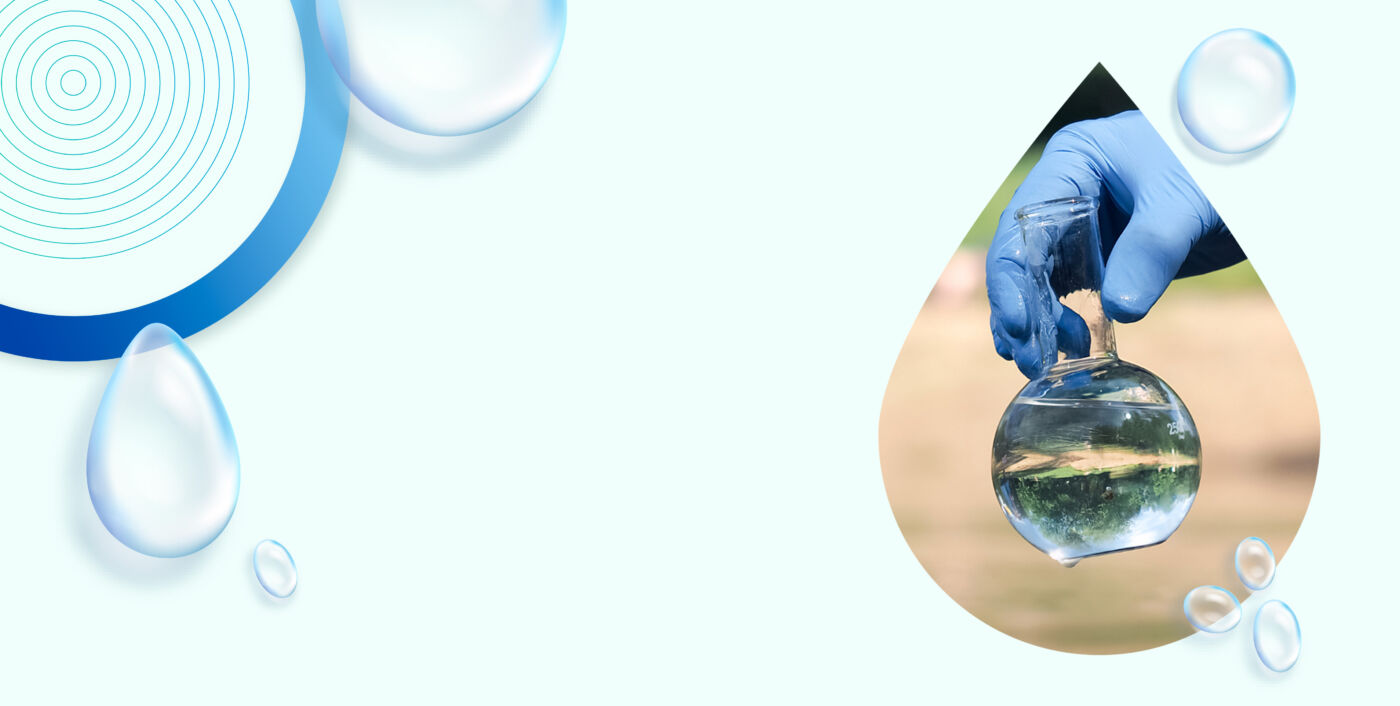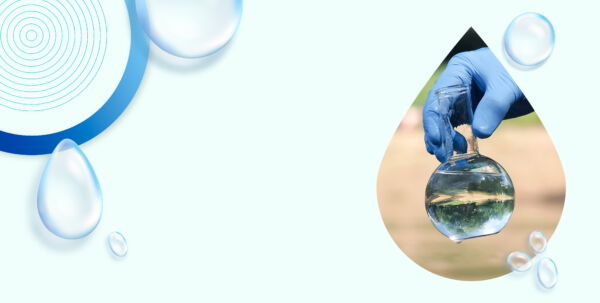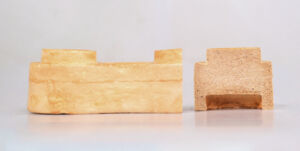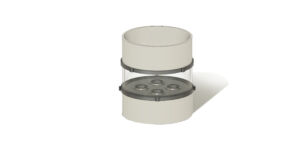
|
|
# 2023 Household Defluoridation Prototype |
|
In Tanzania's Ngarenanyuki village, water sources have dangerously high fluoride levels, exceeding WHO's recommended 1.5 mg/L. This excessive fluoride can cause skeletal and dental fluorosis, leading to permanent health issues. Household Defluoridation Prototype champions capacitive deionisation for household water treatment. This energy-efficient approach, ideal for off-grid homes, can be solar-powered. The method not only aligns with the global push towards reduced fossil fuel reliance but also addresses these critical health concerns directly.






Revolutionising biomass production by turning noise into growth

Bio-based polyurethanes to replace harmful petrol-plastics

Mycelium blocks for temporary architecture solutions and prototyping

Universidad Autónoma de Nuevo León
Bioengineering solution to detect and degrade air pollution